Pierre Louis Delaval Paintings
Pierre Louis Delaval was a French artist born in the year 1740, a period that preluded the dramatic shifts of the French Revolution. His life and career were shaped amidst the transformations of the 18th to the early 19th century, a time when art and culture were undergoing significant changes due to political turmoil and the emergence of new ideas about democracy, society, and human rights. Despite the scarcity of detailed records about his personal life, Delaval's contributions to the art world are noted among the circles of French painting and drawing, reflecting the stylistic transitions of his era.
Delaval's work was primarily influenced by the Rococo and early Neoclassicism, styles that dominated French art during his early and middle career respectively. Rococo, characterized by its ornate and intricate details, gave way to the more sober and classical elements of Neoclassicism, mirroring the societal shift towards Enlightenment ideals of clarity, reason, and order. Delaval, like many artists of his time, adapted his artistic expressions to these evolving tastes, showcasing his versatility and responsiveness to the changing artistic landscape.
Throughout his career, Delaval exhibited his works at various salons and galleries, a common practice for artists seeking recognition and patronage. His subjects often included portraits, landscapes, and scenes inspired by classical antiquity, aligning with the Neoclassical revival of interest in ancient Greek and Roman culture. This was a period when artists were not just creators of aesthetic objects but were also considered intellectuals and commentators on cultural and political issues through their work.
Pierre Louis Delaval's contributions to the French art scene continued until his death in 1820. By then, France had undergone the upheaval of the Revolution, the rise and fall of Napoleon, and was entering the Restoration period. Delaval's life and work thus span a fascinating period of history, reflecting the complexities and dynamism of his times. While he may not be as widely recognized as some of his contemporaries, his art provides valuable insights into the cultural and stylistic shifts of late 18th and early 19th-century France. His legacy, preserved in galleries and collections in France and beyond, continues to be appreciated by art historians and enthusiasts for its historical significance and artistic merit.
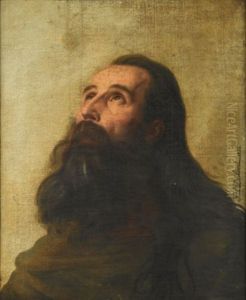
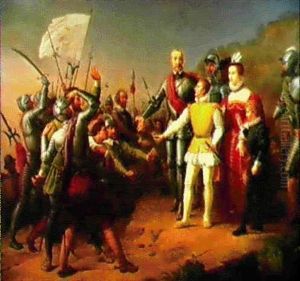
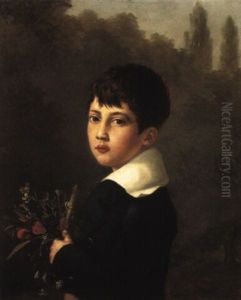
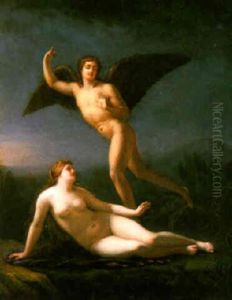
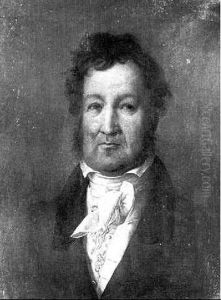
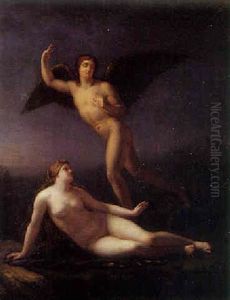
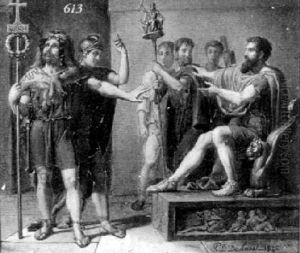
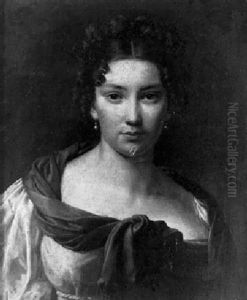
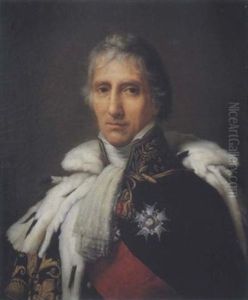

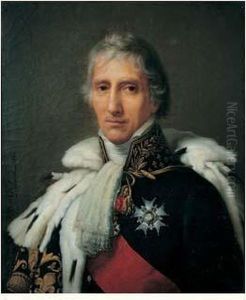
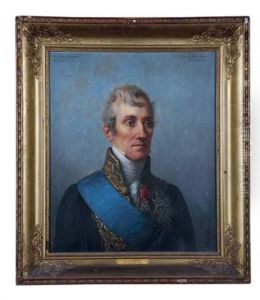
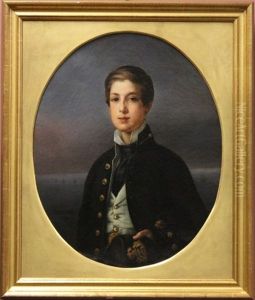
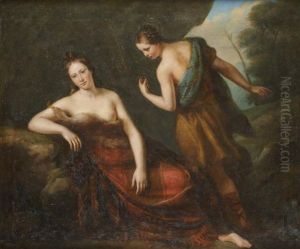
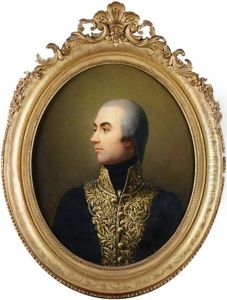
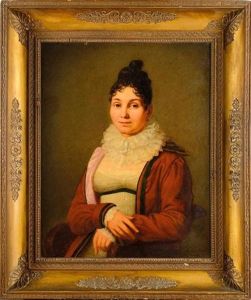
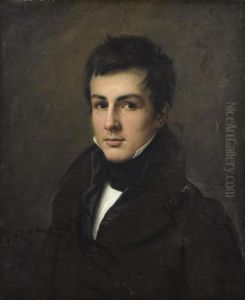
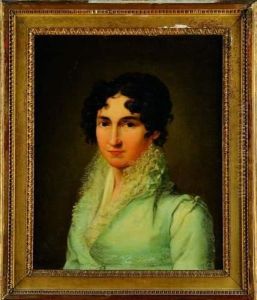
![Homme En Priere [ ; A Man Praying ; Oil On Canvas Signed And Dated 1826]](https://www.niceartgallery.com/imgs/531255/s/pierre-louis-delaval-homme-en-priere-a-man-praying-oil-on-canvas-signed-and-dated-1826-c0af151a.jpg)